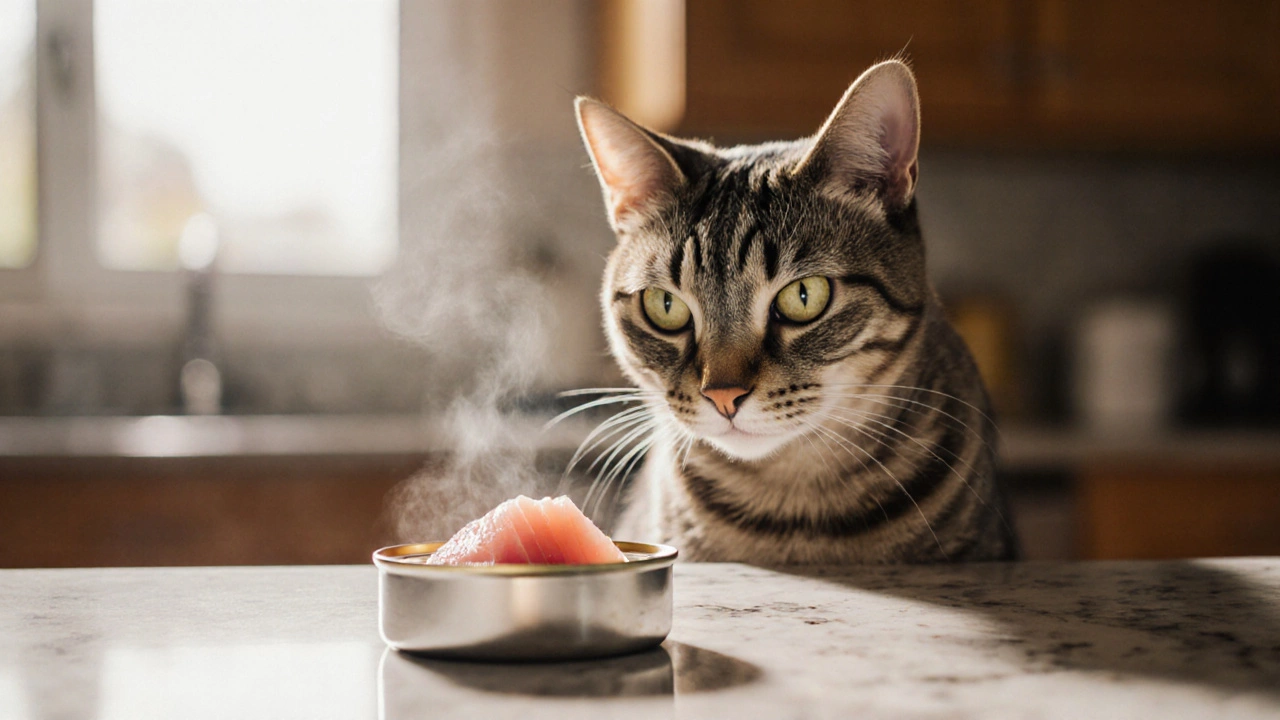Cat Diet Tuna: The Complete Guide to Feeding Tuna Safely
When planning cat diet tuna, a feeding approach that uses tuna as a primary protein source for felines. Also known as tuna‑based cat meals, it offers a tasty way to boost protein while delivering omega‑3 fatty acids. This method cat diet tuna is popular among owners who want a high‑value treat that also supports coat health and joint function. However, the approach works best when you understand how tuna interacts with overall cat nutrition, the balance of vitamins, minerals, and calories a cat needs every day.
First, tuna itself is a fish that provides lean protein, taurine, and omega‑3s like EPA and DHA. Those fatty acids are linked to reduced inflammation, shinier fur, and better heart health in cats. But tuna lacks many essential nutrients, such as adequate calcium, vitamin E, and certain B‑vitamins, which means feeding tuna alone can lead to deficiencies. That’s why experts recommend pairing tuna with a complete wet cat food or a balanced homemade diet that fills the nutritional gaps.
Practical Tips for Using Tuna in Your Cat’s Diet
Start by offering tuna as a garnish rather than the main meal—think a spoonful mixed into the regular kibble or wet food a few times a week. Keep portion sizes small; a typical adult cat only needs about 30‑50 grams of tuna per serving to enjoy the flavor without overloading on protein. Choose tuna packed in water, not oil, and avoid seasoned or salted varieties to protect kidney health. If you’re feeding raw tuna, freeze it first to kill any parasites, and always source from reputable suppliers.
Monitoring your cat’s health is key. Watch for signs of mercury buildup—lethargy, shaking, or loss of appetite—and schedule regular vet checks if tuna becomes a frequent treat. Pair tuna meals with calcium‑rich foods like bone‑in chicken or commercial supplements to maintain strong teeth and bones. Finally, remember that variety is the spice of life; rotating protein sources—such as chicken, turkey, and fish—keeps your cat’s palate engaged and ensures a broader nutrient profile.
Below you’ll find a curated list of articles that dive deeper into each of these points, from the science behind omega‑3 benefits to step‑by‑step guides for creating balanced homemade meals. Whether you’re a seasoned cat owner or just curious about adding tuna to your feline’s diet, the collection ahead offers practical advice you can start using today.
Tuna for Cats: Benefits, Risks & Safe Feeding Guide
Discover the real benefits and hidden risks of feeding tuna to cats, plus safe portion guidelines, alternatives, and a quick checklist for pet owners.
